|
"Exploring the problem of the bees through engineering and art"
While I think many of us view solving the worlds problems through hard research and data science, the theme of "arts based research" is becoming more and more prevalent as a means of qualitative research and problem solving, as it is a means of communicating how me interpret the world through design and "art". I wanted to highlight different "artists" I have identified as tackling this bee problem through a form of art. Rachel Katz and the Greenfield Bee Festival
Artist Residencies
To accompany the process of community building through the study and practices of beekeeping, the Bee Time artist residency program was initiated to catalyze the practices of artist community building through propelling live work conditions which simulate that of a bee hive. By using practices of contemplation and imagination as a way of gaining new perspectives into the world of the honeybee, artists are invited to learn about bees and explore the possibility of creatively engaging with the hives within their landscape.
Bee Time Artist Residency is a place where participants share communal living during a period of two weeks. They have daily visits with local beekeepers and ‘studio time’ to respond artistically to what they are learning. The residency culminates in a public exhibition of work in progress and a sharing of the learning process. The program aims to introduce to the artists a bee centered approach to beekeeping, and a regenerative approach to the landscapes well as seeks to inspire re-connection with our natural, cultural and social environment, and explore self-organizing principles inspired by hive consciousness. Artists from all disciplines are invited to participate, as well as researchers in fields such as systems thinking, humanities, social sciences and deep and expanded ecology. Reflecting on the tactic of creating these live-work bee themed simulations for artists, I think this can be an effective tactic in fostering a sort of "method acting"-like approach by immersing the artists to connect with a hive. This creates deeper themed works of art by allowing the person to become a part of a different world and deeply empathize with the scale of the problem and the bees themselves. it creates a human-bee connection, making them more emotionally attached once they understand them better, which is a really fascinating way to create awareness for artists to then interpret and symbolize in their work. Below is a video by Fatema Abdoolcarim, one of the artists who participated in these communities, and I can sense a deep connection and emotional when viewing their work. Sarah Hatton: Conceptual Art - Bee works
"The link between neonicotinoid pesticides and the worldwide decline of bee populations is a crisis that cannot be ignored.I have arranged thousands of dead honeybees in mathematical patterns symbolically linked to monoculture crops, such as the Fibonacci spiral found in the seed head of the sunflower. The viewer experiences the vertigo of this lifeless swarm, a dizzying optical illusion that echoes the bees’ loss of ability to navigate due to the toxins locked within the very source of their sustenance."
http://sarahhattonartist.com/portfolio_page/kill-chain/
0 Comments
Leave a Reply. |
AuthorWrite something about yourself. No need to be fancy, just an overview. ArchivesCategories |

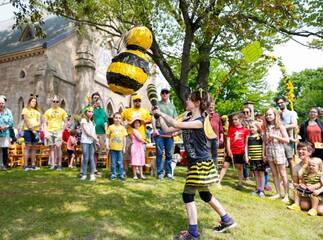
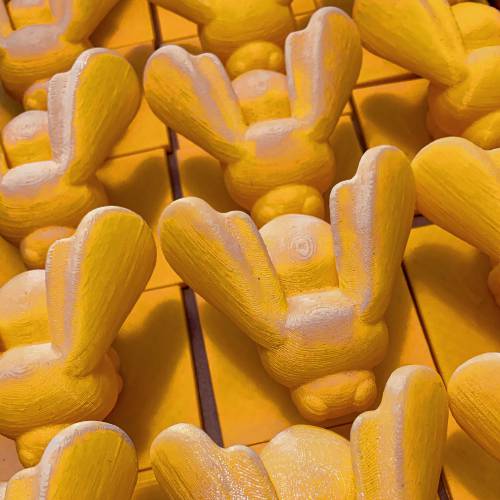
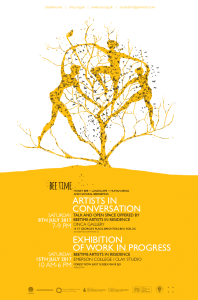
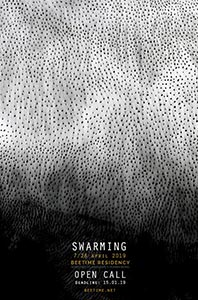
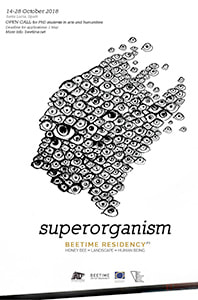
 RSS Feed
RSS Feed
